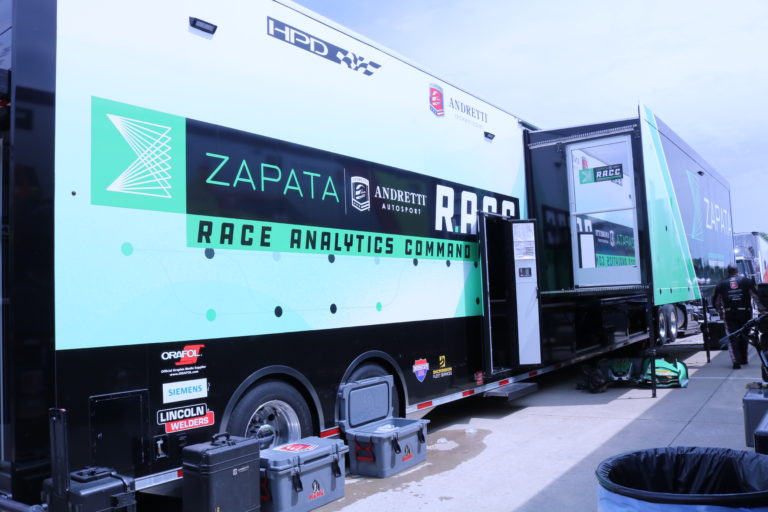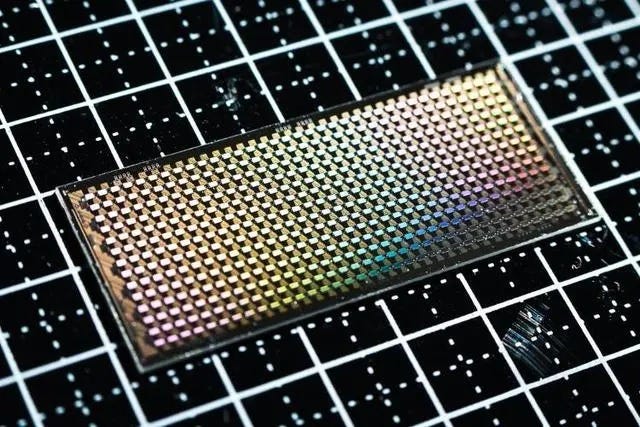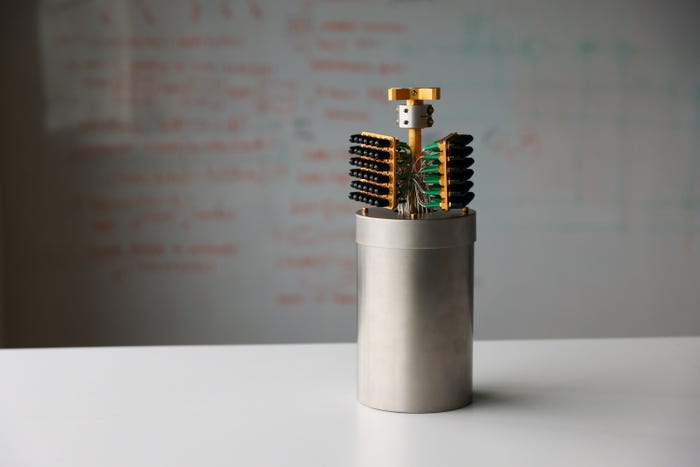
Connects decision-makers and solutions creators to what's next in quantum computing
Quantum-Inspired Industrial Generative AI Transforms Auto Racing
Q&A with Zapata AI CEO Christopher Savoie

Zapata AI runs quantum strategies on classical hardware, such as CPUs and GPUs, offering the potential to improve current AI solutions in terms of cost, speed and accuracy.
The company has a longstanding partnership with Andretti Autosport to optimize race strategies in the NTT IndyCar Series events, upgrading Andretti’s analytics infrastructure and piloting advanced industrial generative AI applications and techniques.
When the company went public at the end of March, it was a natural fit that it did so in partnership with Andretti’s special purpose acquisition company, Andretti Acquisition, Corp.
In this Q&A, Zapata AI CEO Christopher Savoie discusses how quantum algorithms enhance generative AI and the company’s motorsport, finance and chemistry projects.
Enter Quantum: How did Zapata combine quantum techniques with industrial generative AI?
Christopher Savoie: When we were founded in 2017, we had these quantum algorithms, which are linear algebra, so the obvious application was using quantum computers for chemistry. Back then, few people understood these methods and immediately associated them with quantum hardware, but even now they are at a very small scale with lots of errors.
We looked at the areas where we could apply this linear algebra using classical computers and eventually quantum computers. We found that generative AI looks statistically a lot like chemistry, specifically generative adversarial network (GaNS) and similar architectures.
They work by generalizing a concept and then expressing over that generalization. That's the creative, generative element that gives birth to its name. If you show a machine learning program 1,000 pictures of a cat it will learn what a cat looks like by building a statistical model. Some of the factors that make a cat are correlated – a big cat has big paws, for example.
These statistics looked to us like they came from a chemistry department doing quantum math – it looks like a molecule. That powerful statistical model is what we use to do quantum chemistry because this electron and this electron are correlated. Some are correlated, some less so, but they're all statistical distributions, albeit very complex distributions.
How did your discovery translate to use cases?
In 2018, no one really understood generative AI but we immediately saw the value of it for drug molecule creation, creating a new molecule that does something specific. You can deepfake a new molecule that may be a cancer drug in the same way as you can deepfake a video.
We recently put out a paper with the University of Toronto, Insilico Medicine and St. Jude's Hospital researchers, where we found a molecule that targets and binds to cancer in human cells in vitro. This means it’s a candidate molecule that could suppress this cancer.
What motorsport insights did you help Andretti find?
We worked on time series data, for example, predicting a yellow flag (signaling danger) or other anomalies. We have five models running at the track on Nvidia H100 GPUs that can predict up to five laps ahead.
We were able to predict when a yellow flag would happen a lap ahead of when it did happen, meaning that we could predict an accident was likely and help the team alter its race strategy accordingly, including when to pit the car.
It’s directly applicable in many other fields that depend on anomaly detection and recovery, for example, finance, healthcare, pharma and telecommunications. You can imagine how that could be useful for predicting unknown market anomalies for a bank or predicting when you might have a network outage for a telco.
How has that work translated to other use cases?
We’re working with Sumitomo Mitsui Bank, where we're applying the same kind of techniques in generative AI that we did with Andretti for time series data. We have embraced it for trading strategies, which also use time series data.
About the Author(s)
You May Also Like
.png?width=100&auto=webp&quality=80&disable=upscale)
.png?width=400&auto=webp&quality=80&disable=upscale)




